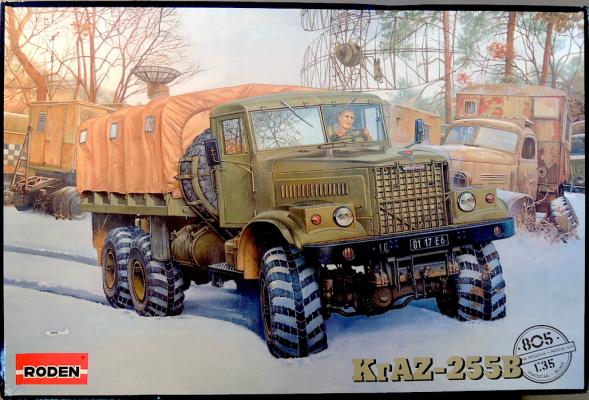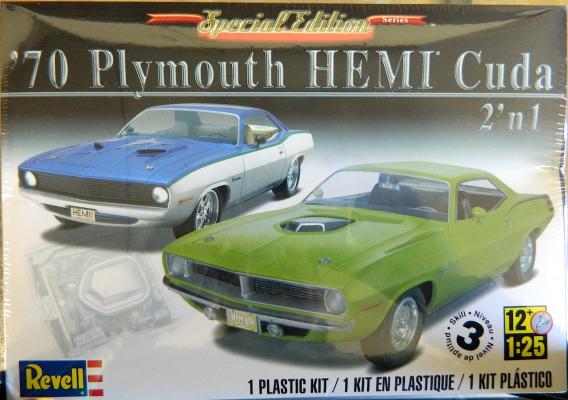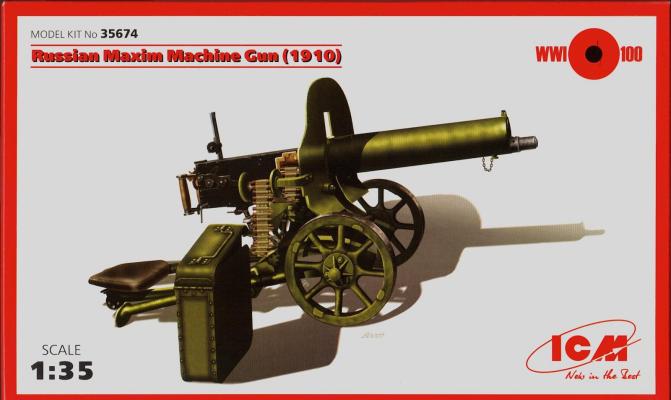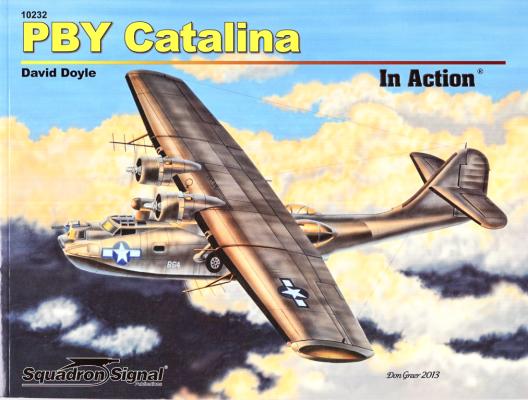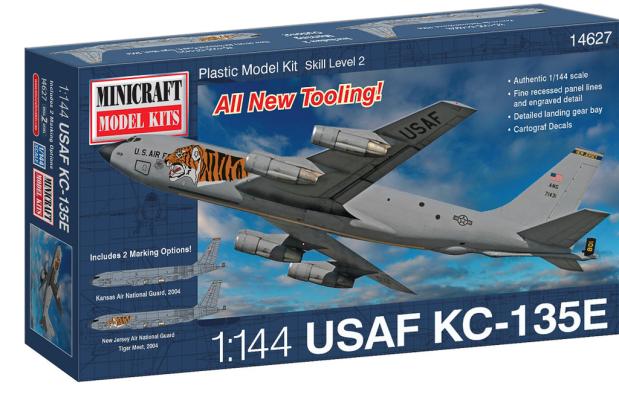I love kits like this ‘Cuda. Everything fit together very nicely with no flash at all.
Engine
The Hemi engine is a gorgeous unit to work with. Every part fit together just the way it should. You get a couple of options about the air cleaner setup. Rather than have a hole in the hood (kit provided) I chose to go with a dual 4 bbl. air cleaner.
Chassis
The exhaust pipes, rear differential, and front torsion bar are separate assemblies, and fit together very well. You get a choice of stock wheels and larger diameter 5 spoke wheels and tires. I used the gorgeously detailed stock wheels and added valve stems.
Interior
The interior features a floor unit with separate side panels that are very well engraved. The separate seats and console are wonderful pieces. I added flocking to my build.











